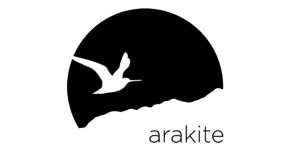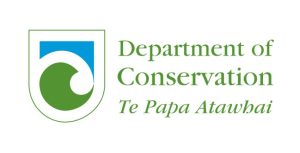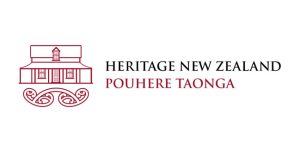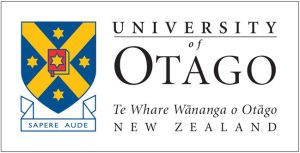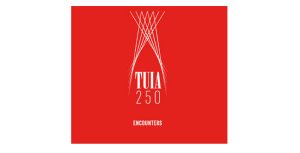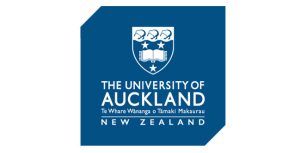Matutaera Clendon ONZM
Introductory Remarks
Introductory Remarks
Ngati Kuta kaumātua Matutaera Clendon ONZM
He honore he kororia ki te Atua
He maungarongo ki te whenua
He whakaaro pai ki nga tangata katoa.
Me hoki ano to tatou maumahara ki te kaihanga, te timatanga me te mutunga o tenei o tatou te tangata. Kororia ki tona ingoa.
Kia koe te rangatira Bobby Newson, nau to tatou arawhata ki aia ki tika. Ma wai i runga te rangimarie tenei kaupapa. Ka mihi, ka mihi.
No reira Rakaumangamanga titiro ki Rapanui. Rapanui titiro ki Taputapuatea, Rangiatea, Tahiti. Taputapuatea hoki maru titiro mai Rakaumangamanga, Rakaumangamanga titiro mai ki mai Rangiatea, Mangahawea. Rangiatea Mangahawea titiro atu te keri, ki nga taonga Mangahawea.
Te keri, o tatou tupuna kitia nei nga taonga i reira. No reira, Mangahawea titiro hoki ki Motuarohia i ata repo, te tena ko Tupaia me Kapene Kuki i hoki mai no tenei titiro mai ki Waitangi tu mai aroha korero ana o te Whakaputenga. Te Whakaputenga the Declaration of Independence puta atu the Treaty of Waitangi.
No reira, tika tena. Kotau, o tatou tenei ra. No reira, tihei ra mauriora.
He mihi tonu ki a koe Kipa Munro nau ra the takutaku. Tenei o tatou Tupuna, i konei hoki. Nau ra karanga mai ki noho mai konei, o tenei the Tupuna i Mangahawea i tatou keri. O tira, o nga kaupapa hangai tenei ra, nga ra haere mai nei. O enei nga tapuwae o ratou ra mai nga, mai nga tau pahure, tahi tekau ma rua rau tau 1200 AD. No reira tika tena o tau tenei, tenei te mauri e korero ana tenei po.
No reira te Tupuna tu mai ra, tu mai ra, tu mai o matou tenei ra.
A hoki no tenei mihi ki a koe te kahurangi Dame Jenny Shipton. Kahurangi i taemai nei nga matauranga koutou ra koutou mohio wai koutou to mai waka haurua. No reira i tatou ki tau nei tenei po, te mihi aroha, mihi mahaki o taemai nei runga te karanga o tenei te kaitiaki nei o Ngati Kuta Patukeha mai tena titiro o nga Rakaumangamanga i Te Rawhiti. No reira tika tena ko puta mai o enei ko te Ora hoki nga reo tuarua the Ministry of Culture.
(The call of a tui is heard.)
That is for Dame Jenny.
We also see researchers from Otago University, officers from the Department of Conservation and the people of Te Rawhiti who are Ngati Kuta Te Patukeha, all gathered with us today under the Voyaging Wananga of the Arakite Charitable Trust.
We have distinguished experts here. They know who they are. I will not say all their names, because I might leave someone out. Thank you, all of you, for coming today.
Here we say: ‘E kore au e ngaro, he kakano, he kakano i rua mai Rangiatea.’ ‘I will never be lost, the seed sown from Rangiatea.’ So Rangiatea, also called Raiatea — both names mean the same place, and that place is Tahiti — that seed was carried to New Zealand. From there to here, there are footprints.
Footprints.
We left those footprints. Believe it or not we have an island called here Borabora. But we say Poroporo. The name Whangaroa is Tahitian Faa aroa. In that language our Mangahawea is Mangahavea, and an ocean-going canoe called Havea had its name changed to Kurahaupo by Whatonga prior to his voyage to Aotearoa, looking for his grandfather Toi whom he located in Whakatane. In the whenua of the Ngati Hei iwi the Tahitian name of Taputaputea is preserved exactly how it was, then recorded by James Cook, when he occupied that place to observe the transit of Venus.
Our footprints. Those and many other footprints are already in place, and on record. Now, I think it is high time that the recorded history needs to be extended to follow our footprints, those that we have always known. The next couple of days will be very, very enlightening.
We work with wonderful collaborators, a range of scientists, and besides scientists, men with wisdom, such as waka navigator Jack Thatcher, and master carver James Eruera, so our Wananga will truly represent the range of voyaging knowledge. Sitting with us tonight are archaeologists who were here in 1981. John Coster was at Mangahawea in the beginning, when they made the original dig in 1981. And there is Bill Guthrie, another archaeologist who has been on every dig since. These archaeologists found so many treasures of research, so many of what I call footprints, they could not finish. And so we went back in 2017 under the management of James Robinson with his team. And guess what, we came up with the goods. What we knew to be lost footprints at Mangahawea are recovered now. We even have evidence for accurate carbon dating. Thank you very much Otago University for carbon dating. So, James Robinson and Andrew Blanshard, you were in charge of the operation. I may be head of the Arakite Trust, but on Mangahawea I was just the worker.
Also this gentleman here, Pita Tipene. He was first to speak, because he is the Chairman; here I’m just the boy.
No reira tatou no hono mihi ki a tatou katoa. Te Tiriti me te Whakaminenga and I must acknowledge, one of my comrades in arms, who did all the chants: Kipa Munro. He played a big part and he’s part of us. Now when you’re talking about Ngati Kawa, don’t forget – e hoa – we’re sitting here, that’s us. Anyway, don’t worry about it, we’re the tangata whenua here.
And I want to thank everybody for coming here tonight and those professors and esteemed specialists and fine craftsmen coming to speak tomorrow, and all the whanau. Now you are all making it happen and I am just the tautoko.
So anyway without further ado: Hono tenei mihi ki tatou katoa tenei o tatou ki nga whanaunga rangatira, tenei whare, tena koutou, tena koutou, tena tatou katoa.

